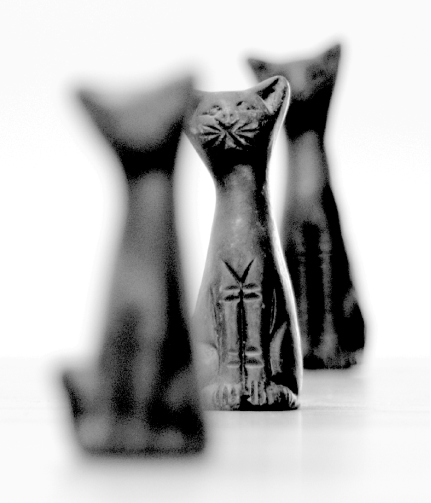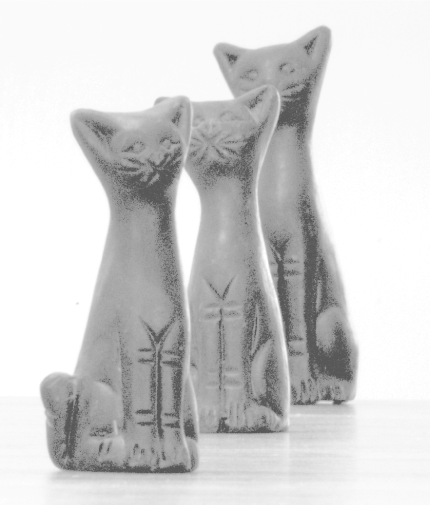Hack 56 Mastering Close-Up Photography
![]()
![]()
Control the depth of field to get a perfect close-up every time.
Nothing helps more than close-up photos to compensate for the fact that bidders can't see your item in person. A good close-up photo will show detail (a really good close-up will show the texture of the paint), and will also allow you to adequately explain any flaws or damage. Different ways of shooting close-up photos will yield different results.
Understanding depth of field is the key to shooting good close-ups. Depth of field is the distance between the closest object in focus and the furthest object in focus, as illustrated in Figure 5-4.
Figure 5-4. Depth of field is the width of the plane in which your subject will be in focus

Several things affect the depth of field:
- Distance from the object
-
The further the distance between the camera and the object, the closer your lens will be focused to infinity, and the wider the depth of field will become. Bring the camera closer to the object to narrow the depth of field.
- Focal length
-
A wide-angle lens will increase the depth of field, and a telephoto lens will decrease it. This means that if your camera has an optical zoom lens (not a digital zoom), you can zoom out to put more of your object in focus, or zoom in to throw more of your object out of focus.

As you zoom out, hoping to increase the depth of field, you might be inclined to walk toward your object to keep the frame full. Unfortunately, these two actions work against one another. Instead, let the object get smaller in the frame and simply crop the photo later.
- Aperture
-
If you're using an SLR (digital or film), you'll likely have control over the f-stop. A smaller aperture (larger f-stop) will increase the depth of field, and a wider aperture (smaller f-stop) will decrease the depth of field. This allows you to adjust what's in focus without zooming or moving the camera.
- Extension tube
-
Although it's almost certainly overkill for auction photos, an extension tube inserted between an SLR camera and the lens will increase the macro (close-up) capability of your lens and reduce the depth of field to almost zero. The wider the angle of the lens, the closer you'll be able to focus. For example, with a 55mm extension tube and a 40mm lens, I'm able to focus on the dust on the lens glass!
So how does depth of field come into play when taking close-up photos? First, when shooting an ordinary close-up, the depth of field will likely be too small, and it will seem nearly impossible to get your item in focus. So, for example, you can try moving away from the object to bring more of it into focus, as described above. Figure 5-4 and Figure 5-5 show the same object with a narrow and a wide depth of field.
Figure 5-5. Increase the depth of field to bring more of an item into focus

If you're shooting a shiny or reflective item, or shooting with a reflective backdrop (see [Hack #55]), you'll want to reduce the depth of field. That way, any objects reflected in your item will be thrown out of focus, and your bidders will be able to see the subject itself more clearly.
Finally, if you're shooting a sculpture or other large object with a complex shape, you might have a hard time getting everything in focus without bringing in too much of the background. In this case, you'll want to fine-tune the depth of field so that the entire subject is in focus, but nothing else.






